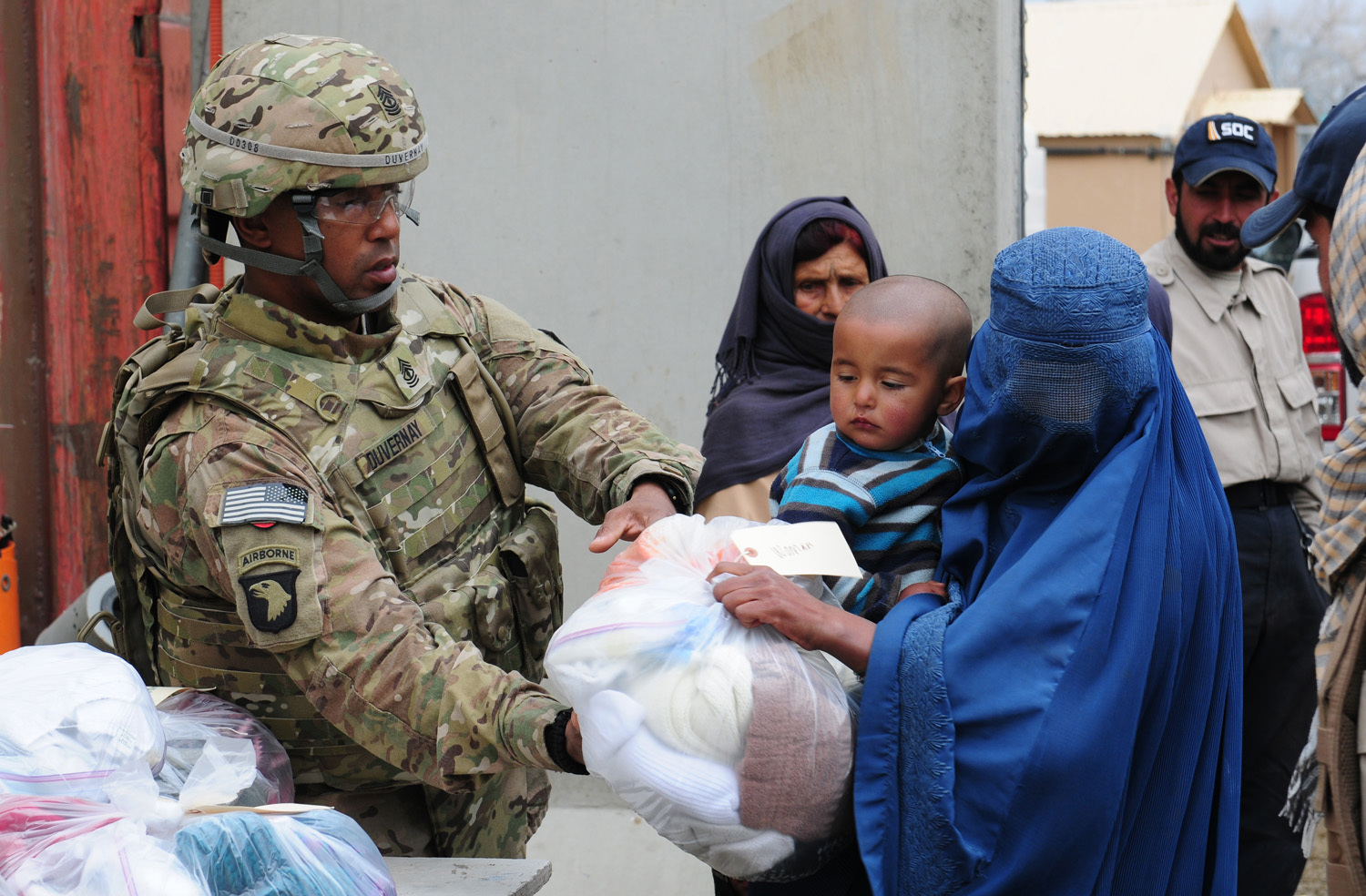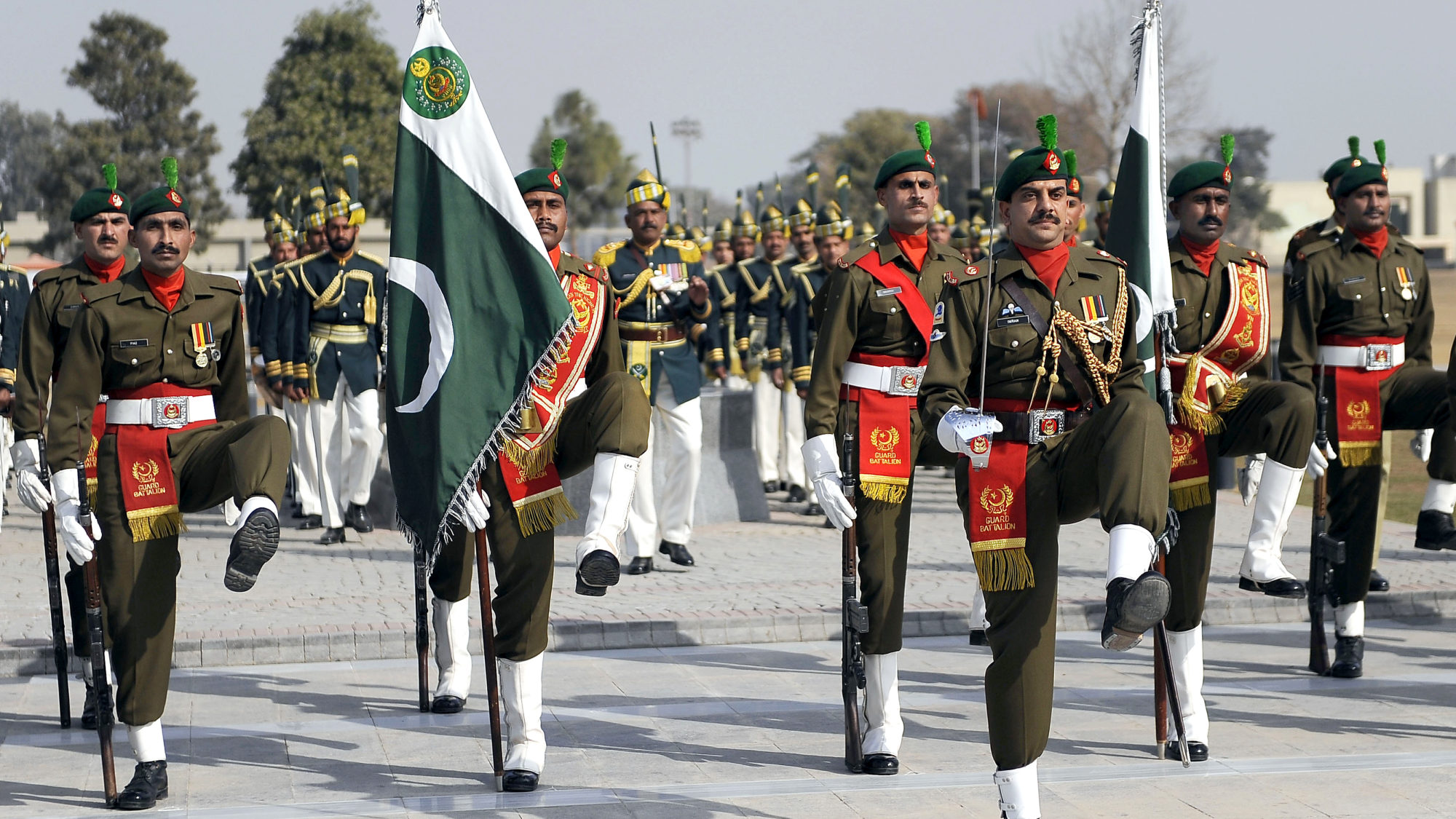Civil Military Relations - The tone or style of this article may not reflect the periodic style used on Wikipedia. See Wikipedia's guide to writing a better article for suggestions. (April 2019) (Learn how and when to remove this template message)
Moldovan President Igor Dodon (cter) publicly meets with former Military Defense Minister Viktor Gaičiuc (left) and Dodon's Defense Minister Pavel Voichu (right)
Civil Military Relations

The examples and views in this article are primarily US-specific and do not reflect global views on the subject. You can improve this article, discuss it on the topic page, or create a new article as appropriate. (May 2022) (Learn how and when to remove this template message)
Civil Military Relations In China: Assessing The Pla's Role In Elite Politics > National Defense University Press > Publications
Civil-Military Relations (Civ-Mil or CMR) describes the relationship between military organizations and civil society, military organizations and other government bureaucracies, and leaders and the military.
CMR encompasses a diverse, often normative field that operates within and across the spectrum of management, social science, and policy.
In a narrower sense, it describes the relationship between the civil and military powers of a given society. "The purpose of any state is to use military professional force to serve the nation's vital security interests while protecting against abuses of power that threaten the well-being of its people."
Studies of civil-military relations are based on the view that civilian political leadership (ie, control of the military) has ultimate responsibility for a nation's strategic decision-making, rather than the military. (military dictatorship).
The Weaponization Of Rape In Civil Military Relations
Conflict is at the core of traditional civil-military relations theory. The military, an institution designed to protect the nation, must also be strong enough to threaten the society it serves. A military coup or coup d'état is an example of this balance being used to change a government. Finally, the military must accept that civilians have the "right to make mistakes."
In other words, they may be responsible for implementing policy decisions they disagree with. Civilian superiority over the military is a complex issue. It is unclear whether a policy or decision is right or wrong. Citizen decision makers can be resistant to corrective information. The relationship between civilian officials and military leaders should actually be improved.
But the main issue they examine is empirical: explaining how civilian control over the military is established and maintained.

More broadly, it examines the ways in which society and the military interact or interact, addressing issues such as veterans' integration, recruitment and retention, and the justice and effectiveness of these systems, minority integration, and more. including the wom. LGBT communities in the military, the actions and consequences of private contractors, the role of culture in military organizations, the voting behavior of soldiers and veterans, and the gap in policy choices between civilians and military.
The Importance Of Maintaining Trust: Civil Military Relations And The Profession Of Arms > National Guard > Article View
Although not generally considered a separate field of academic study on its own, it encompasses scholars and practitioners from many fields and professions.
In addition to political science and sociology, Civ-Mil (CMR) draws on many fields, including law, philosophy, fieldwork, psychology, cultural studies, anthropology, economics, history, diplomatic history, media, and the military. It includes the study and discussion of a variety of topics, including civilian military control, military professionalism, warfare, civil movements, military institutions, and other related topics. Internationally, civil-military relations include discussions and studies around the world. Theoretical discussion includes non-state actors
As well as more traditional nation states. Other studies have shown that military political attitudes, voting behavior,
Concerns about growing societal militarism stemmed largely from experiences in the first half of the 20th century that called for an examination of the societal impact of military organizations.
Civil Military Relations In The United States Are In A Serious State Of Disrepair, Driven In Profound Measure By Presidential Politicization Of The Military And The Military's Attendant Willingness To Let Itself Be
The aftermath of the Cold War, particularly the decision to maintain a large military for the first time in US history, raised concerns about whether such a large military establishment could be effectively sustained by a liberal democracy. Samuel P. Huntington and Morris Janowitz have published additional books on the subject that effectively bring civil-military relations to the academy, particularly in political science and sociology.
Despite the American emphasis on the writings of Huntington and Janowitz, their theoretical arguments have been applied to other national military studies. For example, Aisha Rai uses Huntington's ideas in her book on India's domestic-military relations.
In The Man on Horseback, Samuel E. Finner challenges some of Huntington's assumptions and assumptions and looks at civil-military relations in the underdeveloped world. Finner observes that many governments lack the administrative skills to govern effectively, which can hinder opportunities for military intervention, which would not be possible in more developed countries.

II. The proliferation of military coups since World War II, particularly in the 1960s and 1970s, has led to increased interest in academic and media circles in examining the nature of such coups. Political turmoil in Africa led to military coups in Dahomey, Togo, Congo and Uganda.
Civil Military Relations Archives
Political upheavals in South America, including military coups in Bolivia (189 military coups in the first 169 years of its existence), Chile, Argentina, Brazil, Paraguay, Peru, and Uruguay, greatly amplified the impact. it. A leftist and communist-led uprising.
The end of the Cold War sparked new debates in the United States and the former Soviet Union about the role of the military in society. However, as before, much of the debate revolves around declining state power and whether an appropriate level of civilian control over the military is exercised.
The main professional organization for civil-military scholars is the Intercollegiate Armed Forces and Community Seminary (IUS). IUS, Armed Forces and Society: An Interdisciplinary Journal, covers civil-military relations, force diversity, veterans, military families, privatization, officer training, recruitment and reappointment, public opinion, conflict management, union cohesion, ethics and Publishes articles such as Peacemaking. . Sponsors a. . The Journal of Armed Forces and Society is based at Texas State University and is currently edited by Patricia M. Shields.
Interscholastic Armed Forces and Society Seminar and Journal International. They meet once every two years in odd years. The 2017 conference was held in Reston VA.
The Turkish Military: Principal Or Agent?
Research topics in civil-military relations are diverse, as evidenced by direct scholarship on similar topics.
1945, United States of America, World War II. It began to withdraw the enormous military power it had built up during World War II. Strong popular and bipartisan pressure forced the administration to bring home American troops, rapidly reducing the size of the armed forces. In January 1946, military strikes at foreign bases and even some riots kept pressure on President Harry S. Truman despite growing concern about the Soviet Union and the realization that the United States could not retreat into isolation. The pre-war years. Attempts in the U.S. Congress to train to replace a large military force in order to maintain conscription failed, and in 1947 World War II came.
By the summer of 1950, there were less than 1.5 million active duty personnel in the US armed forces, compared to 12 million in 1945. The U.S. military is also growing, doubling in size to more than 3.2 million personnel. The total number of active duty personnel in the US military, which reached 3.6 million in 1953, did not drop by another two million during the more than 40 years of the Cold War. After the fall of the Berlin Wall and the collapse of the Soviet Union, the size of the active duty force dropped to just 1.4 million personnel in 1999. As of February 28, 2009, there are a total of 1,398,378 men and women on active duty in the United States Armed Forces.

The unprecedented peacetime scale of the US military in the second half of the 20th century has raised concerns in some quarters about the potential impact of maintaining such a large force in a predominantly democratic society. Some predicted disaster and worried about the growing militarization of American society. These writers are quite convinced that an overt military culture is inherently dangerous to a liberal, non-militaristic society.
Civil Military Coordination
Others warned that the rise of the military establishment would fundamentally change American foreign policy and weaken the country's intellectual infrastructure.
However, many disputes are non-apocalyptic and are resolved both ways. Samuel P. Huntington's Soldier and the State and Morris Janowitz's The Professional Soldier featured two tracks.
The discussion focused mainly on the nature of the relationship between the civilian and military worlds. The existence of two different worlds and
Theories of civil military relations, us civil military relations, civil military relations definition, civil military relations in pakistan, military relations, civil military relations syllabus, the routledge handbook of civil military relations, what is civil military relations, civil military relations and democracy, center for civil military relations, civil military relations theory, military civil engineer
0 Comments